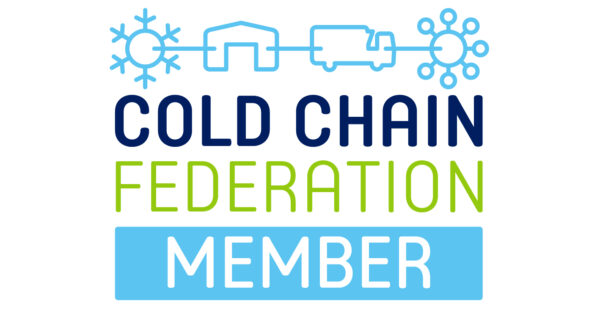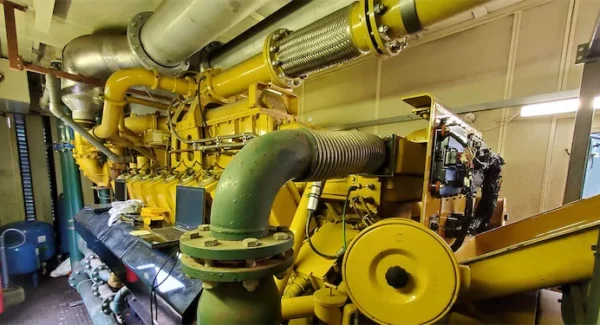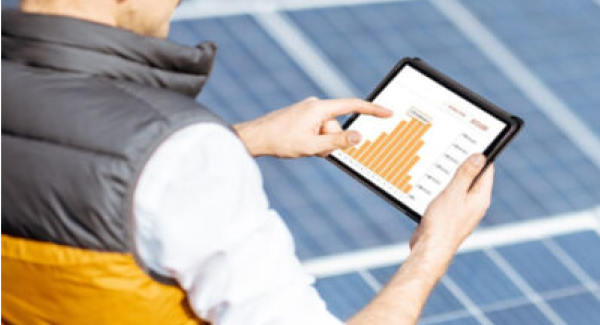When businesses were forced to close their doors and millions began working from home during lockdown, we saw the largest drop in energy demand since the Second World War. This affected prices and production, with global gas production falling by 3.3% in 2020.
The slump was then followed by a rapid increase in demand thanks to a very cold winter across Europe and Asia. Other factors such as aging infrastructure, low wind speeds, the decommissioning of nuclear power plants, and extreme weather events have also resulted in a volatile market. In the coming years demand for electricity will only continue to rise, particularly with the likely increase in electric cars when laws change in 2030.
As a net importer of gas, the UK is particularly vulnerable to price shocks elsewhere in the world, and since we produce most of our electricity from gas, price rises become all the more significant. All this serves to highlight the need for reliable energy supply, which can be achieved through on-site generation and storage.
For businesses with high energy costs, or operations that need reliable power, on-site energy generation and storage technologies provide a range of benefits. Not only do they allow you to keep operating throughout power outages and gas shortages, you can also avoid peak costs and some of the charges associated with delivered energy, and of course take a step further on the path to net zero.
A healthier bottom line
On-site energy generation and storage is a proven means of reducing costs. A large amount of power is lost during the transmission and distribution of electricity across the grid; this is referred to as a ‘line loss’ and eventually finds its way into your energy bills as part of your non commodity costs. These ‘third-party costs’ also cover the maintenance and balancing of the grid, and account for as much as 60% of an electricity bill. They are unavoidable unless a company can generate its own energy or dramatically reduce its power requirements.
By generating your own power onsite, you can avoid non-commodity costs altogether, as well as fluctuating energy prices. In addition to these savings, there is also an opportunity for profit as you can often sell excess energy back to the grid.
A greener future
One way to reduce the amount of power you purchase from the grid is to generate clean energy yourself, which is also a way to demonstrate your commitment to industry carbon reduction targets. Most businesses don’t have the internal resources or expertise to install and maintain such power generating equipment, which where on-site power purchase agreements, such as Ylem’s Dynamic Power Purchase Agreement (DPPA) come in.
This is a win-win situation – Ylem will design, build, own and operate smart generation solutions, tailored to suit your site’s power requirements, and can guarantee savings for at least 10 years.
We are also helping many businesses move towards net zero while ensuring immediate operational priorities are delivered. By including systems that can either part or fully operate on hydrogen fuel, Ylem’s onsite generation solutions are a proven means via which businesses can support the UK’s legally binding targets for tackling climate change and decarbonising the grid.
In addition to on-site generation, battery storage systems and controls will also be appropriate for some businesses and these CAPEX free installations, owned and operated without cost, are at the heart of Ylem’s model.





